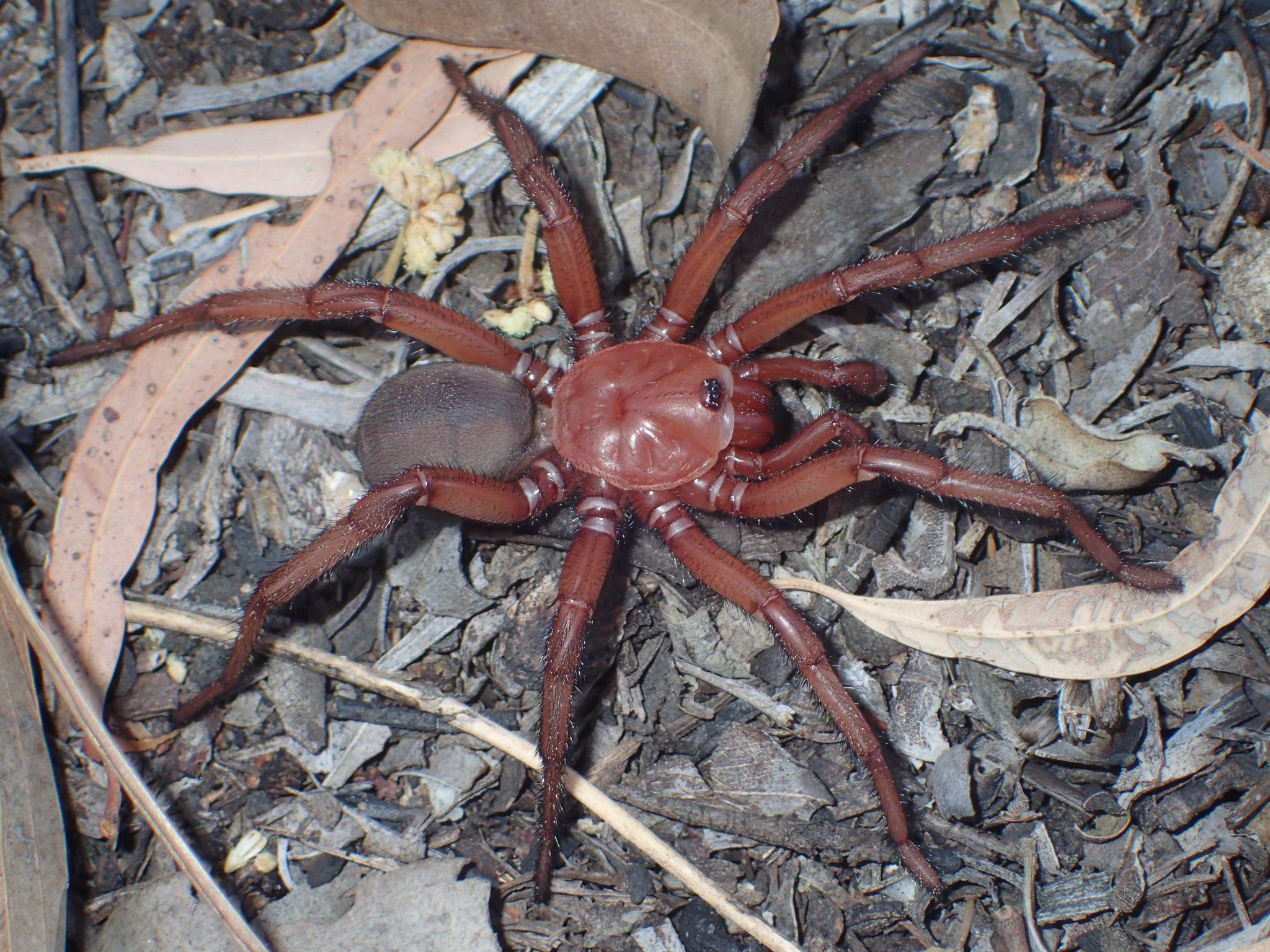
A super-sized species of spider that makes trapdoors has been discovered in Australia by researchers.
The so-called trapdoor spiders are found only in Queensland and build “trap doors” out of leaves to prey on insects.
The spiders typically measure about 1.5cm, and up to 3cm for male trapdoor spiders, while female members of the species can live for over 20 years in the wild and grow up to 5cm long.
The newfound species is named Euoplos dignitas, and was discovered in the semi-arid woodlands of the Brigalow Belt, a region in central Queensland.
The new species is not dangerous to humans.
Much of the habitat of trapdoor spiders has been lost due to land clearing, making it likely to be an endangered species, scientists said.
Euoplos dignitas is a Latin translation of diversity or greatness, reflecting the “impressive size and nature” of the spider, said scientists from the Queensland Museum, which discovered it.

The species lives in open woodland habitats, building its burrows in black soil.
Female members of the species spend their lives underground, while males leave to find a mate in another burrow after five to seven years.
Only a single female specimen of the species has been submitted to the Queensland Museum since the 1960s, the scientists said in a study published in the Journal of Arachnology.
A three-day search in May 2021 revealed just one population along several hundred metres of a roadside verge, with most available habitat cleared for agriculture and stock.
The continuing decline of such habitats may render the species “critically endangered” in the future, they said.
The biggest spider in the world, commonly known as the goliath birdeater, has a body length of about 13cm and a leg span of 30cm - larger than the size of a dinner plate.
Meanwhile, in January researchers from Berlin University found that some young sea spiders can regrow their rear ends - including muscles, reproductive organs and the anus - or make do without them.
Professor Gerhard Scholtz, the lead researcher behind the breakthrough, said: “Nobody had expected this”.







